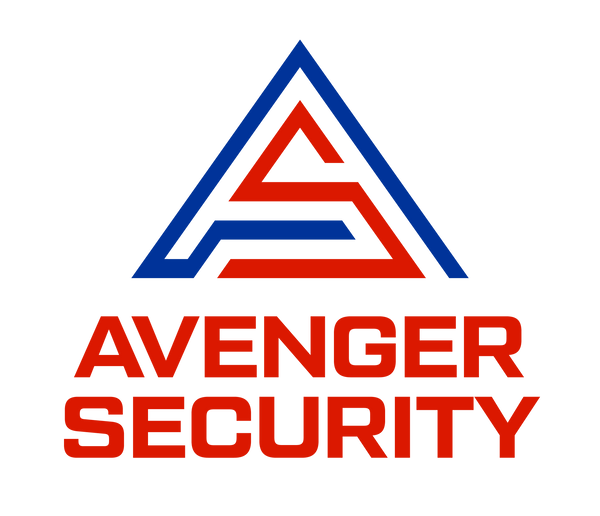
Heavy-Duty Commercial Access Control: Safety, ADA & Fail-Safe Design
In today’s commercial environments, access control isn’t just “lock and unlock.” It’s about safety, reliability, and compliance. Whether you manage a retail center, warehouse, office, or healthcare facility, investing in a heavy-duty commercial access control system helps protect people and property 24/7.
Why Heavy-Duty Matters
Commercial doors see constant use and occasional abuse. Heavy-duty hardware (listed for the application) delivers the strength, cycle life, and consistency light-duty parts can’t match—reducing failures, liability, and service calls.
Fail-Safe vs. Fail-Secure (Know the Difference)
- Fail-safe: Unlocks on power loss (commonly used on life-safety egress paths and mag-lock applications so people can exit).
- Fail-secure: Stays locked on power loss (commonly used on perimeter/security openings to maintain protection). Egress must still be safe and code-compliant.
The right choice depends on the door’s purpose and local code. Many facilities use a mix of both across different openings.
Essential Sensors & Devices
- Door position sensor (DPS): Detects door-prop and forced-entry conditions for alarms and reporting.
- Request-to-exit (REX): Confirms egress motion/intent and supports accurate event logs—unlocking should be controlled by the access controller logic.
- Listed power supply with backup: Supervised outputs and battery backup keep doors operating during outages.
ADA-Conscious, User-Centric Design
Accessibility is a requirement, not a nice-to-have. Good design considers automatic door operators where needed, reader/keypad placement with unobstructed approach, clear signage, and low-force egress on applicable openings.
Modern Integrations
Cloud-managed platforms tie access control to video surveillance and intrusion monitoring, providing unified dashboards, audit trails, and mobile control. Alerts for door-prop, forced entry, and after-hours activity improve response and accountability.
Selection Checklist
- Match lock type (strike/mag/lockset) to door/frame and use case.
- Specify heavy-duty, listed hardware with the right handing and voltage.
- Define which openings are fail-safe vs. fail-secure—and why.
- Include DPS + REX on critical openings; log every access and exception.
- Document roles, schedules, and after-hours rules; test and train staff.
FAQs
Do I need fail-safe on every door?
No. Life-safety egress paths often require fail-safe behavior, while perimeter/security doors may be fail-secure. Choose per opening and local code.
Can we reuse existing hardware?
Often yes—strikes, readers, contacts, REX, and power supplies can sometimes be reused if compatible and listed for the application.
What’s the benefit of cloud management?
Centralized control, mobile credentials, detailed reporting, and easier multi-site administration—plus integrations with video and alarms.
Next Steps
Design, install, and support for heavy-duty, ADA-conscious access control—done right. Explore our Access Control options, pair with Cloud Video Surveillance, or request a site visit.
